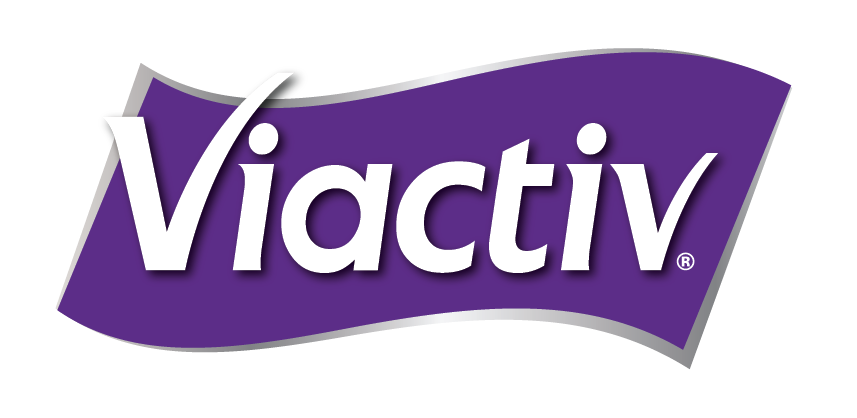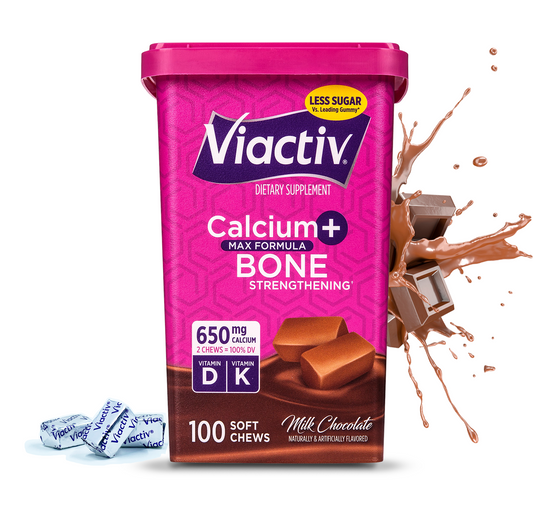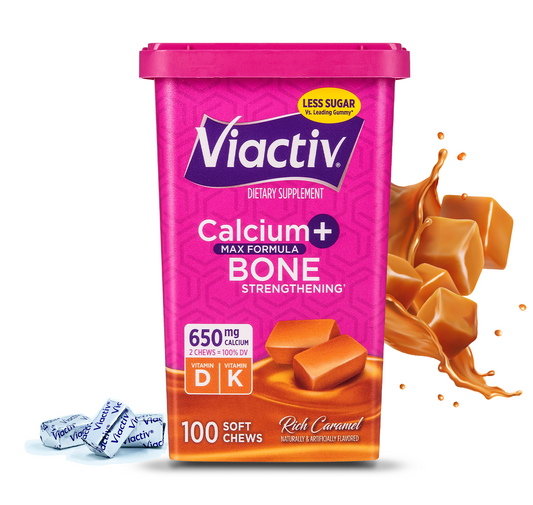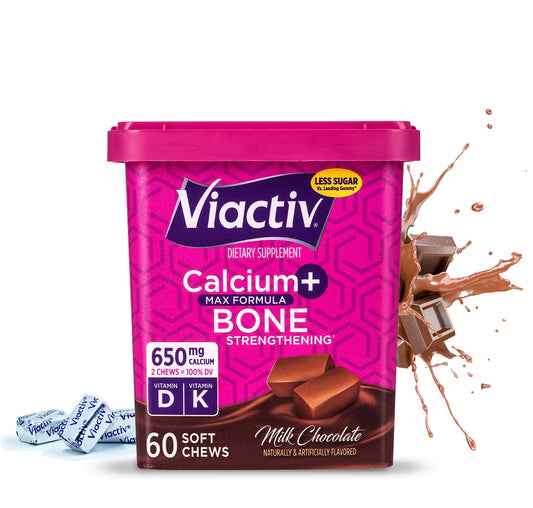
Omega-3s are a member of the essential fatty acid family. Did you know they were originally called Vitamin F and were discovered by George and Mildred Burr, a husband-and-wife attending the University of Minnesota Medical School in 1929? Since that time, research on Omega-3s has matured greatly.
Omega-3s are essential for human health and cannot be created or stored by the body. They MUST be consumed through the diet. A recent study reported that two-thirds of adults and 95% of children don’t get enough omega-3s, EPA and DHA, in their diets. This is because there are different forms of Omega-3s, which many people don’t know. Let’s break it down.
The most common Omega-3s are called Alpha Linolenic Acid (ALA), Eicosapentaenoic Acid (EPA) and Docosahexaenoic Acid (DHA). ALA is the plant source Omega-3 found in green leafy vegetables and seeds, like flax. ALA is the most abundant Omega-3 in nature. Unfortunately, ALA is not a preformed omega-3 fatty acid and must be biochemically converted in the body to EPA and DHA for the nutrients to be useful. EPA and DHA are known as “preformed” Omega-3s, which means that the nutrients can be immediately beneficial when consumed.
In very simple terms, plant source Omega-3s are tasty, but not beneficial to replenish Omega-3’s EPA and DHA, which are the ONLY Omega-3s that are useful in the body. EPA and DHA help organs, the immune system, and hormone systems function at their best.
So, is omega-3 a vitamin? No, but they are the superheroes of healthy fats! Omega-3 fatty acids can also contain vitamins A and D.
Healthy Foods with Omega 3 Fatty Acids

Getting nutrients from your daily food choices is always a best first choice. Some foods with omega 3 fatty acids include:
- Mackerel
- Salmon
- Anchovies
- Sardines
- Oysters
- Caviar
- Herring
- Fortified Foods
- High Quality Supplementation
Omega-3 foods for vegetarians must come from a marine source as well. Remember, plant source Omega-3s are tasty, but not beneficial to replenish Omega-3s EPA and DHA, which are the ONLY Omega-3s essential for all cells in the body to function optimally. A nice seaweed salad is a healthy choice for EPA and DHA; however, many vegetarians choose to supplement with product high in EPA and DHA, like Viactiv Omega Boost, to ensure their daily serving of health Omega-3s.
For vegans and vegetarians, there are also other solutions. Marine source algae provide a great source of Omega-3s (EPA/DHA) that are immediately beneficial and used by the body.
How Much Omega 3 Per Day Do You Need?

The American Heart Association recommends that all adults eat two oily fish meals twice a week (4 meals total). A serving is 3 oz. cooked.
As with every active lifestyle or dietary choice, it may be important to include a high-quality supplement to fill in the gap between the nutrients provided by our diets and what our body needs to function at our best. Most evidence suggests that eating Omega-3 rich foods or taking a high-quality Omega-3 supplement with a healthy meal can increase its absorption, but there is no correct or incorrect way to take it.
Here are 5 reasons to add Omega-3s to your healthy diet:
1. Omega-3s Help You Sleep Better

Omega-3 fatty acids may help make you sleep better. Lower levels of Omega-3 fatty acids have been associated with sleep problems in adults and children as well as lower melatonin levels, which is a hormone required by the body to help with sleep.
2. Omega 3 Benefits for the Brain

Research has shown that DHA fatty acids in Omega-3s help sharpen memory by helping nerve cells in the brain communicate effectively with each other.
3. Omega 3 for Mental Health

Omega-3 fatty acids easily travel through the brain’s cell membrane and interacts with the mood molecules in the brain. Although more research is needed, Omega-3 fatty acids have shown to support other mental health conditions associated with the brain.
4. Ease Premenstrual Discomfort

Suffering from tearful outbursts, crying, and feeling anxious every month? Research shows that taking Omega-3 fatty acids may reduce discomfort of PMS and may also help bloating and tenderness as well.
5. Omega-3s Increase Sex Drive

Omega-3 fatty acids are the building blocks of sex hormones in the body. Omega-3s have also shown to improve sexual function in both men and women.
Sources:
The Slow Discovery of the Importance of Omega 3 Essential Fatty Acids in Human Health | National Institutes of Health (NIH)
Studies Show Kids, Adults & Pregnant Women Don’t Get Enough Omega-3 | OmegaQuant
The Omega-3 Effect | Ask Dr. Sears
Seaweeds as Valuable Sources of Essential fatty Acids for Human Nutrition | National Institutes of Health (NIH)
Fish and Omega-3 Fatty Acids | American Heart Association (AHA)
When to Take Fish Oil for Better Health | Medical News Today
What is Omega-3? | Holland & Barrett
Last Updated On: January 23, 2022
First Published On: February 28, 2022





